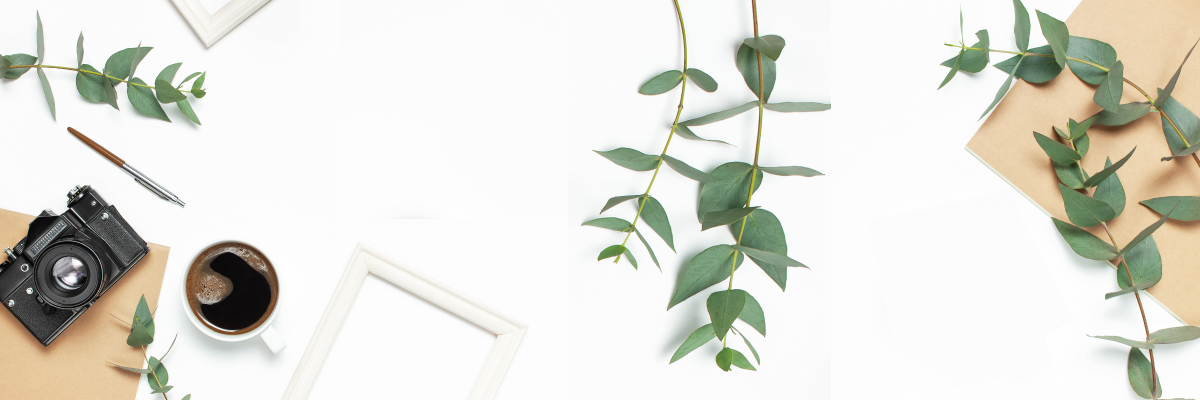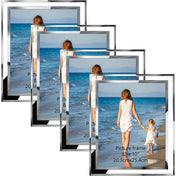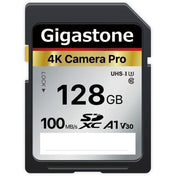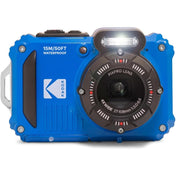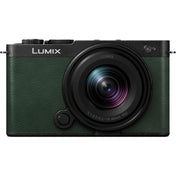Photography is an art form that marries technical proficiency with creative vision. If you're passionate about capturing stunning images, understanding the fundamentals of aperture and shutter speed is essential. These two elements play a pivotal role in determining how your photos turn out, whether you're using a high-tech camera like the Canon SELPHY QX20 or a traditional DSLR. In this article, we’ll explore why aperture and shutter speed are the backbone of photography and how mastering these techniques can elevate your skills.
Understanding Aperture
Aperture refers to the opening in a camera lens through which light passes. It’s measured in f-stops, such as f/2.8, f/4, f/5.6, and beyond. The size of the aperture has a significant impact on how light hits the camera sensor, allowing you to control exposure and depth of field.
The Basics of Aperture
When you set a larger aperture (smaller f-stop number), more light enters the camera, which is particularly useful in low-light situations. Conversely, a smaller aperture (larger f-stop number) lets in less light but increases the depth of field, making more of the image appear in focus.
How Aperture Affects Depth of Field
- Shallow Depth of Field: A larger aperture (e.g., f/2.8) produces a shallow depth of field, allowing the subject to be in sharp focus while the background is blurred. This effect is often used in portrait photography to isolate the subject.
- Deep Depth of Field: A smaller aperture (e.g., f/16) creates a deep depth of field, making both the foreground and background appear sharp. This technique is ideal for landscape photography where you want to capture detail across the entire scene.
Understanding how to manipulate aperture gives you creative control over your images. Whether capturing stunning landscapes or intimate portraits, the aperture can help you achieve your artistic vision.
Exploring Shutter Speed
Shutter speed refers to the length of time the camera shutter is open to allow light in. It is usually expressed in seconds or fractions of a second, such as 1/1000 or 1/30. Shutter speed is crucial in determining how motion is captured in your images.
The Dynamics of Shutter Speed
A fast shutter speed (e.g., 1/1000) freezes motion, making it perfect for high-speed photography, such as sports events or wildlife shots. On the other hand, a slow shutter speed (e.g., 1/4) allows movement blur to show the motion of subjects, like flowing water or busy city streets at night. Analyzing how light interacts with your chosen shutter speed is key to mastering photography.
Shutter Speed and Motion Blur
- Freezing Action: Fast shutter speeds freeze action, capturing fleeting moments with clarity. If you’re photographing a hummingbird in flight, a fast shutter speed will stop the buzz of its wings in mid-air.
- Creating Motion Blur: Using a slower shutter speed can creatively convey motion and energy in your photos. Imagine capturing the soft flow of a waterfall with a slow shutter speed that smooths the rushing water.
Finding the right shutter speed is crucial for achieving your intended effect and ensuring your photos evoke emotion and tell a story.
Balancing Aperture and Shutter Speed
The interplay between aperture and shutter speed is where the magic happens. It’s important to find a harmonious balance between the two to achieve your desired exposure and artistic effect. This balance can be achieved through exposure settings known as the "exposure triangle," which also includes ISO.
The Exposure Triangle Explained
The exposure triangle is the fundamental concept that ties aperture, shutter speed, and ISO together. Adjusting one element will necessitate a change in another to maintain balanced exposure.
- Increasing Aperture Size: If you open up your aperture, more light enters, which means you can use a faster shutter speed to maintain proper exposure, allowing you to freeze motion even in low-light settings.
- Reducing Shutter Speed: If you choose to decrease your shutter speed, you may need to close your aperture slightly to prevent overexposing your image.
Creative Uses of Aperture and Shutter Speed
Both aperture and shutter speed can be leveraged to create stunning artistic effects in photography. Here are a few creative techniques you can explore:
Playing with Aperture for Artistic Effects
- Bokeh: Using a larger aperture creates beautiful bokeh, a photographic effect that blurs the background while keeping the subject sharply in focus. This is especially favored in portrait photography.
- Starburst Effect: A smaller aperture (like f/16) can create a starburst effect around bright light sources, adding a dynamic element to your shots.
Utilizing Shutter Speed for Energy and Emotion
- Long Exposure Photography: Capture dreamy landscapes, light trails, and starry skies by using a long exposure. This technique relies on a slow shutter speed to effectively record the passage of time.
- High-Speed Photography: Freeze a moment in time using fast shutter speeds to capture high-intensity moments, like a water balloon bursting or a dancer in mid-air.
Each of these techniques can be explored with various cameras, including advanced options like the Canon SELPHY QX20 to create stunning digital prints that showcase your unique style.
Best Practices for Achieving Perfect Exposure
To consistently achieve the desired exposure in your photography, consider the following best practices:
- Understand Metering Modes: Learn the metering modes of your camera (spot, center-weighted, and evaluative) to effectively read the light in different shooting conditions.
- Use a Tripod: When working with slow shutter speeds, a tripod can minimize camera shake and ensure your images are sharp.
- Experiment with Manual Mode: Ditch automatic settings and switch to manual mode to have full control over your aperture and shutter speed settings.
Aperture and Shutter Speed in Different Photography Styles
Portrait Photography
In portrait photography, a wider aperture is often used to create a shallow depth of field. This blurs the background and makes the subject pop, drawing the viewer's attention directly to the person being photographed. Coupling this with a shutter speed fast enough to avoid motion blur is key to achieving stunning results.
Landscape Photography
For landscape photography, a smaller aperture is commonly used to achieve more depth of field. This ensures that both the foreground and background are in focus, allowing the viewer to appreciate the vastness of the scene. A slower shutter speed may also be beneficial for capturing motion, such as flowing water in a river.
Sports Photography
Sports photography often requires fast shutter speeds to capture the action without motion blur. A larger aperture may be needed to allow sufficient light when shooting in dim conditions. Striking a balance between speed and depth of field can be challenging but is crucial for successful sports shots.
Hands-On Techniques to Master Aperture and Shutter Speed
Understanding theory is essential, but practice is key to mastering aperture and shutter speed. Here are some hands-on techniques to try out:
Take Control of Your Camera
Experiment with different settings on your camera. Start by selecting manual mode and adjust the aperture and shutter speed to see how they affect the exposure and aesthetic qualities of your photos. Document your settings and results for future reference.
Join Photography Groups or Workshops
Engaging with other photographers in workshops or groups can provide invaluable insights. Share your images, discuss techniques, and receive feedback to refine your skills further.
Use Editing Software
Editing software allows you to fine-tune your images after capture. Pay attention to how adjustments in exposure, contrast, and brightness can enhance the overall outcome without overcorrecting. Learning how to shoot correctly in-camera will enhance the editing process.
Incorporate your newfound skills with tools like the Canon SELPHY QX20 to create beautiful prints, showcasing just how far your photography has come.
The Journey Ahead: Continuous Learning in Photography
Photography is a journey with endless opportunities for growth and exploration. As you immerse yourself in the intricacies of aperture and shutter speed, remember that practice, observation, and experimentation are crucial. Each image captured is a stepping stone towards becoming a better photographer. So grab your camera, get out there, and start experimenting!
Ultimately, your ability to control these elements will transform your photography, allowing you to tell stories through your lens and create stunning works of art. Happy shooting!
Step into the Shopify or Wix store of another user. Begin your visit by clicking this store link. Kindly note that this is a promotional link, and we do not take responsibility for the content of the linked store.

